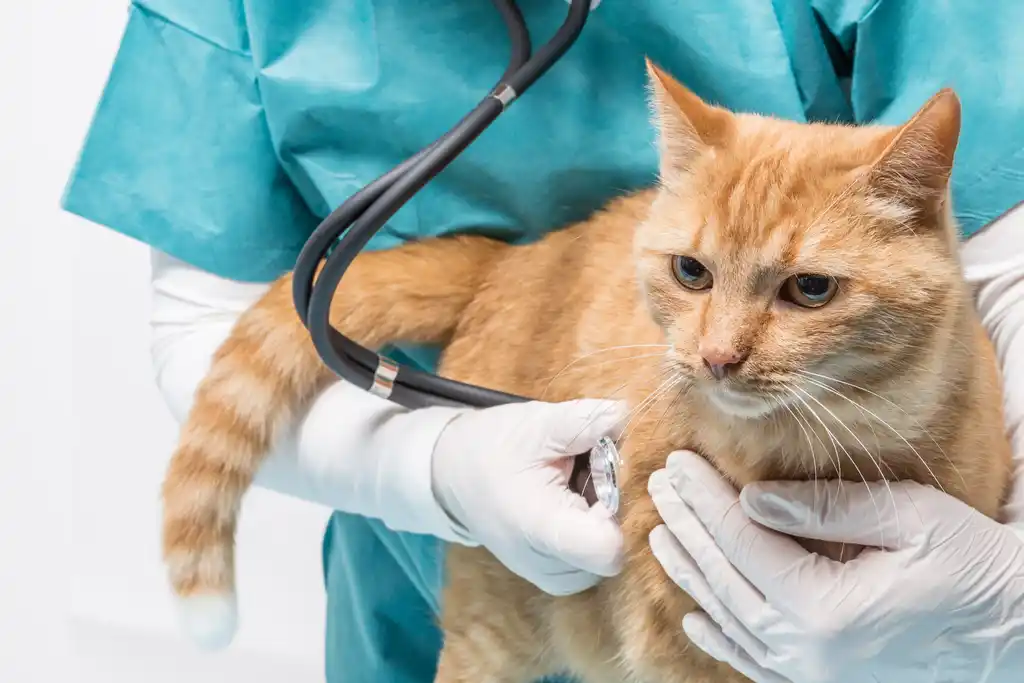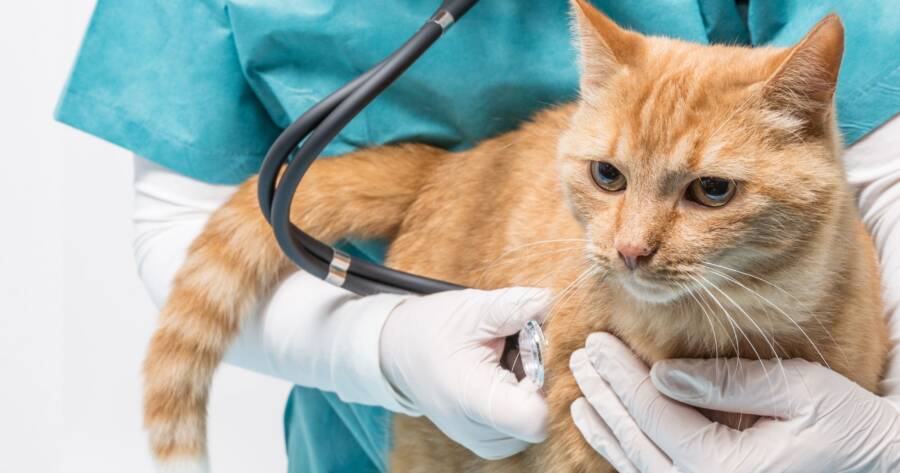Ask just about any pet owner, and they’ll tell you they consider their beloved animal friend a member of the family. Thus, it’s not surprising that a growing number of insurance companies are offering specialized health coverage plans for pets. Statistics reported by the North American Pet Health Insurance Association (NAPHIA) indicate that Canadian and American pet owners spent a combined $1 billion on pet insurance in 2017. That marked a 17% surge from the previous year. Clearly, pet insurance is catching on.
Providing your pet with the care it deserves can become very expensive, very quickly. This is especially true if ongoing or emergency medical treatments are necessary. Pet insurance can help you avoid agonizing decisions between spending extra money and your protecting pet’s health. Here’s everything you need to know to safeguard your feathered or furry friends.
What Does Pet Insurance Cover?
Pet insurance is a form of protection that covers certain medical costs. It means you won’t have to worry about shouldering the financial burden all on your own. Basic plans provide for accidents, injuries, and illnesses that do not result from a previously existing condition. However, you can also opt for more comprehensive plans that cover tests and diagnostics, hospitalization, medications, dental checkups, and dental treatments. Regular checkups are not usually included, though there are exceptions.
Some plans also cover your pet’s end-of-life expenses. There are also providers who will deliver generous reimbursements to policy holders who need to travel or seek out specialists to source care for rare, serious veterinary conditions. Like other kinds of insurance, pet insurance gets more expensive as you seek more comprehensive coverage.
A large majority of pet insurance policies are for dogs and cats. However, coverage is also available for the following animals too.
- Horses
- Birds
- Exotic animals
- Small mammals
If you’re looking to insure a nontraditional pet, you may need to shop around a bit before finding a provider that will cover it. Most types of animals do qualify for coverage though. There are some exceptions. Venomous, wild, and dangerous animals cannot usually be named on pet insurance policies. Also, if your jurisdiction outlaws a certain type of pet, you aren’t going to easily find coverage for it.
How Does Pet Insurance Work?
There are differences and similarities between pet insurance and typical health insurance for humans. Both types of coverage come with monthly premiums that cover situations specified in your policy. The coverage will vary depending on the plan you opt for. Most pet-oriented plans follow co-pay models, meaning that they meet only a portion of the costs associated with the procedures and treatments covered by the policy.
Some pet insurance providers work directly with veterinarians and animal hospitals, but others do not. If yours does, you will be responsible only for the co-pay portion of the costs when your pet receives medical care. Otherwise, you will have to pay the entire bill yourself. Afterwards, you’ll submit a claim to the insurance company and wait for reimbursement.
How Much Does Pet Insurance Cost?
NAPHIA’s 2017 industry-wide analysis found that the average cost of an illness-and-injury-only policy was about $45 per month ($540 per year) for dogs and $28 per month ($336 per year) for cats. Cost statistics for nontraditional pets were not available.
While consumers can purchase pet insurance for animals like rabbits and gerbils, most personal finance professionals agree that they are not usually worth the money. These animals tend to have relatively short lifespans. Unfortunately, that means the cost of insuring them doesn’t provide adequate value in a large majority of cases.
Getting the Most Out of Your Coverage
Pet insurance insiders generally advise you to purchase coverage early in the animal’s life. Kittens and puppies are cheaper to protect than adult animals. The sooner your pet is covered, the lower your chances of pre-existing conditions taking a bite out of your wallet.
If you’re planning to become a dog owner and you’re investigating pet insurance preemptively, there’s another important consideration to keep in mind. Pedigree dogs are much more expensive to insure. These dogs come from much smaller gene pools than their non-pedigree counterparts. That makes them far more prone to genetic and congenital conditions that most policies will not cover. It’s best to do your homework before you bring a new animal home and seek out insurance for it.
Caveats and Risks
Pet insurance policies are generally designed for emergencies. They aren’t typically built for scheduled checkups or things like shots and vaccines. Don’t expect your coverage to relieve you of all the financial responsibilities associated with caring for your pet’s health.
Another thing to remember is that most plans don’t cover illnesses and medical conditions that result from congenital or pre-existing conditions. Certain animal breeds are more prone to specific health conditions than others. If the vet treating your pet believes the health issue stems from a cause that was inborn or began to develop before you purchased the policy, your costs might not be covered. Along the same lines, your insurer probably won’t reimburse you if your pet develops an illness or condition that could have been prevented by a voluntary vaccine you elected not to get.
The bottom line is pretty simple. As with any type of insurance, always read the fine print. Make sure you understand what is and is not covered before you buy the policy.
Is Pet Insurance a Financial Necessity?
Pet insurance is not a requirement. While it does deliver peace of mind and can bail you out of difficult financial situations arising from unexpected emergencies, there are many situations in which it doesn’t make sense to buy it. For example, you’re not likely to get enough out of a typical policy if you have an adult cat or dog in the latter half of its life expectancy.
If you decide to forego pet insurance, a wise move is to set aside a comparable amount of money in an emergency care fund. That way you won’t have to scramble to meet surprise expenses out-of-pocket. If your pet is fortunate enough to enjoy good health throughout its life, you can use the money for something else later on.
Find a Reputable Provider
There are many well-regarded providers of pet insurance on the market. If you’re looking for a reputable company, start by considering these trusted insurers.
This is not intended to serve as a complete or exhaustive list. There are many other worthwhile pet insurance companies operating, depending on where you live. Check locally, or ask your vet for further recommendations.
 Shutterstock
Shutterstock







